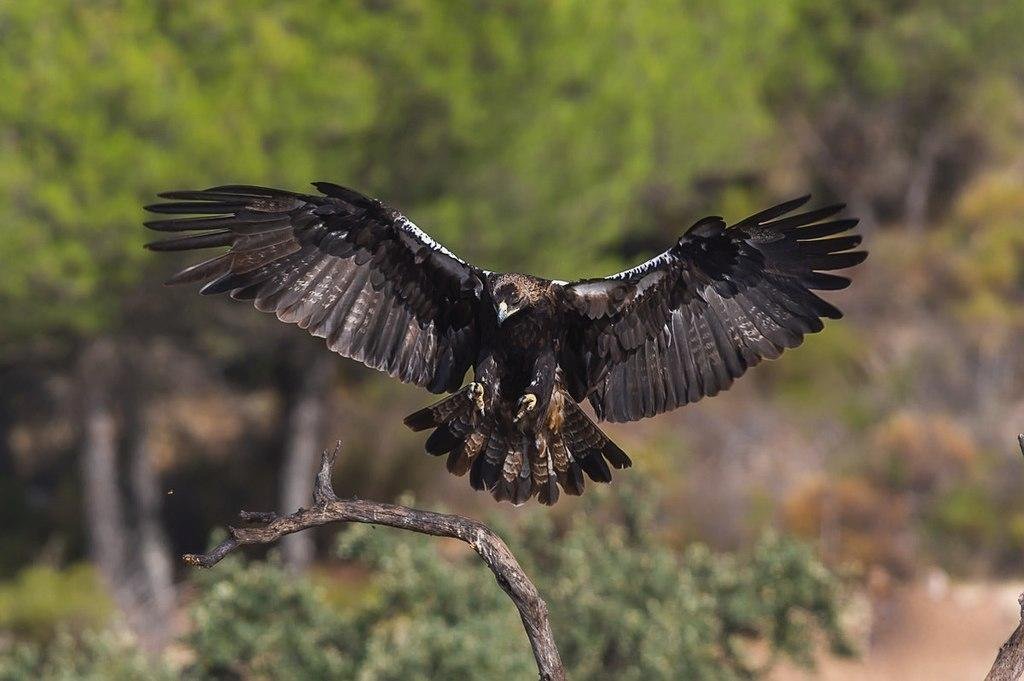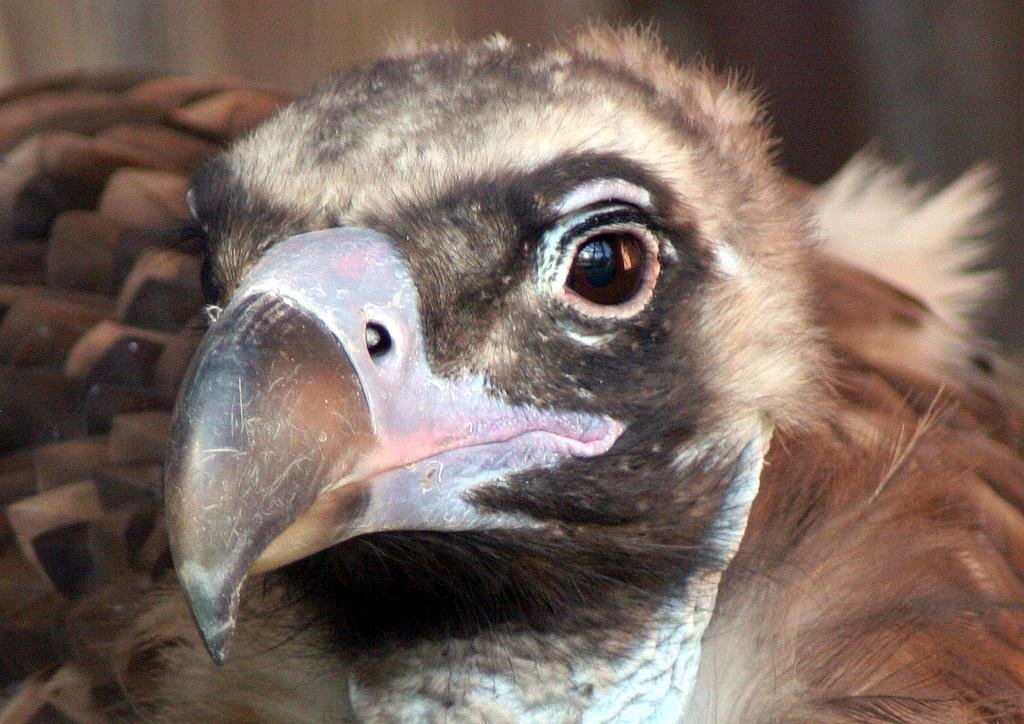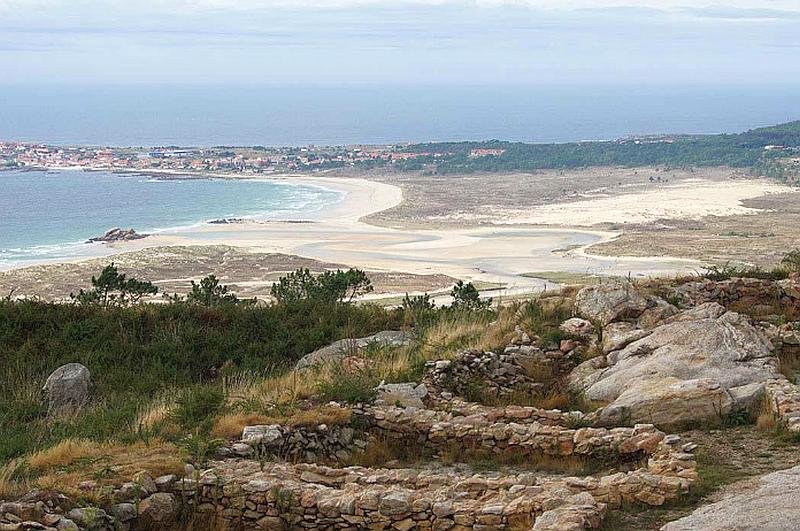New nesting pairs of Spanish Imperial Eagle in Andalusia
Last years 2020 breeding season for the Iberian Imperial eagle (Aquila adalberti) has seen some excellent results with. There are new nesting pairs of Spanish Imperial Eagle in Andalusia and 138 hatchings were recorded in Andalusia with 122 leaving the nest successfully and only 13 cases of mortality. Most of the breeding pairs of the … Read more



